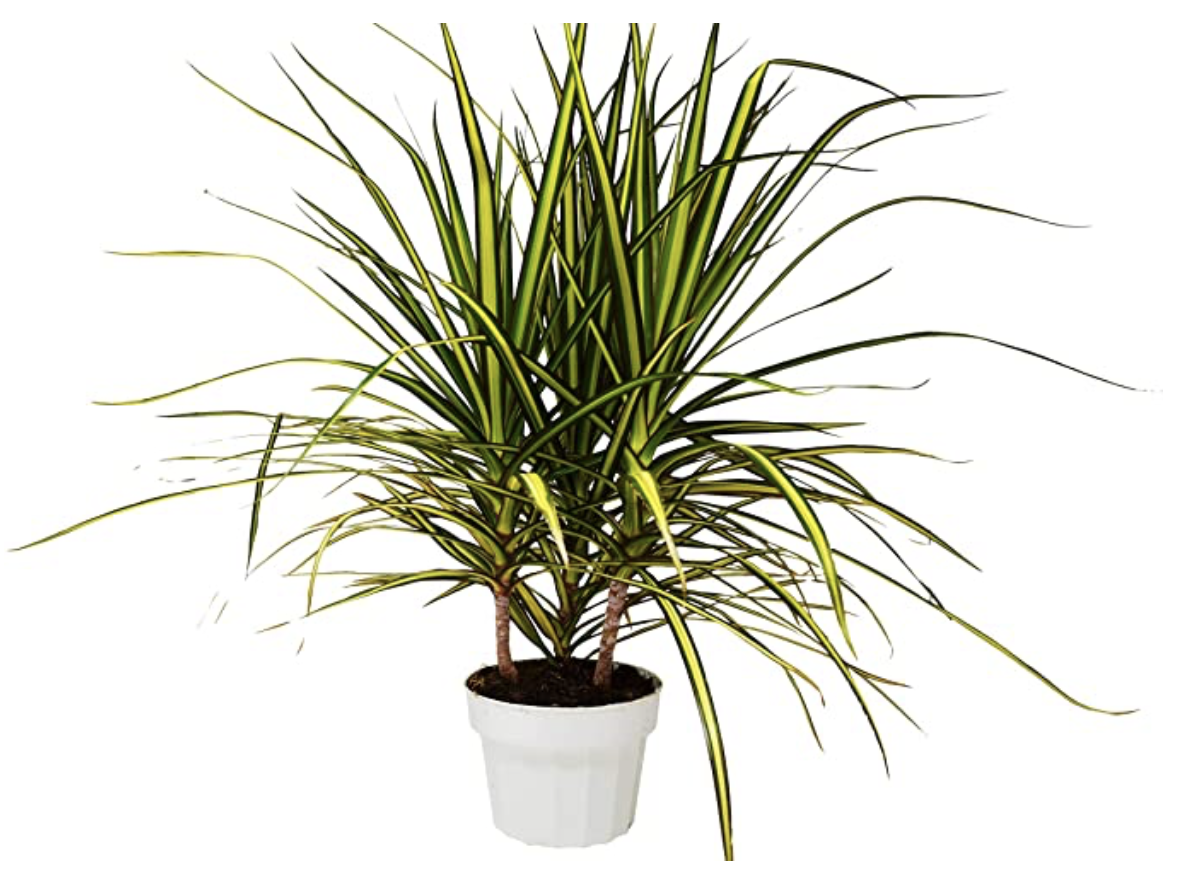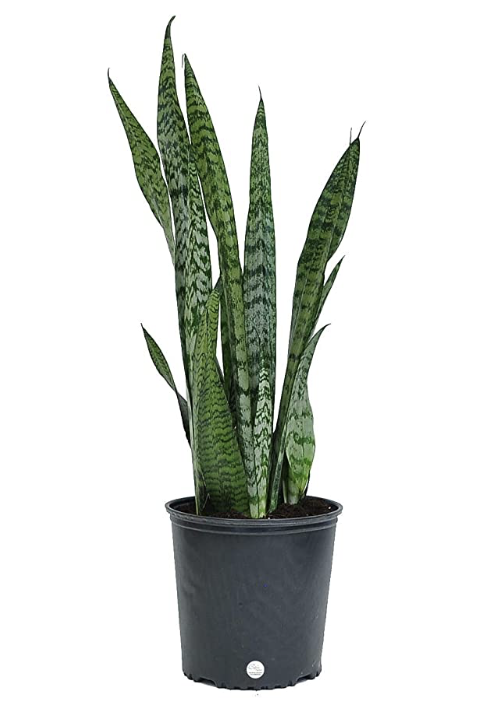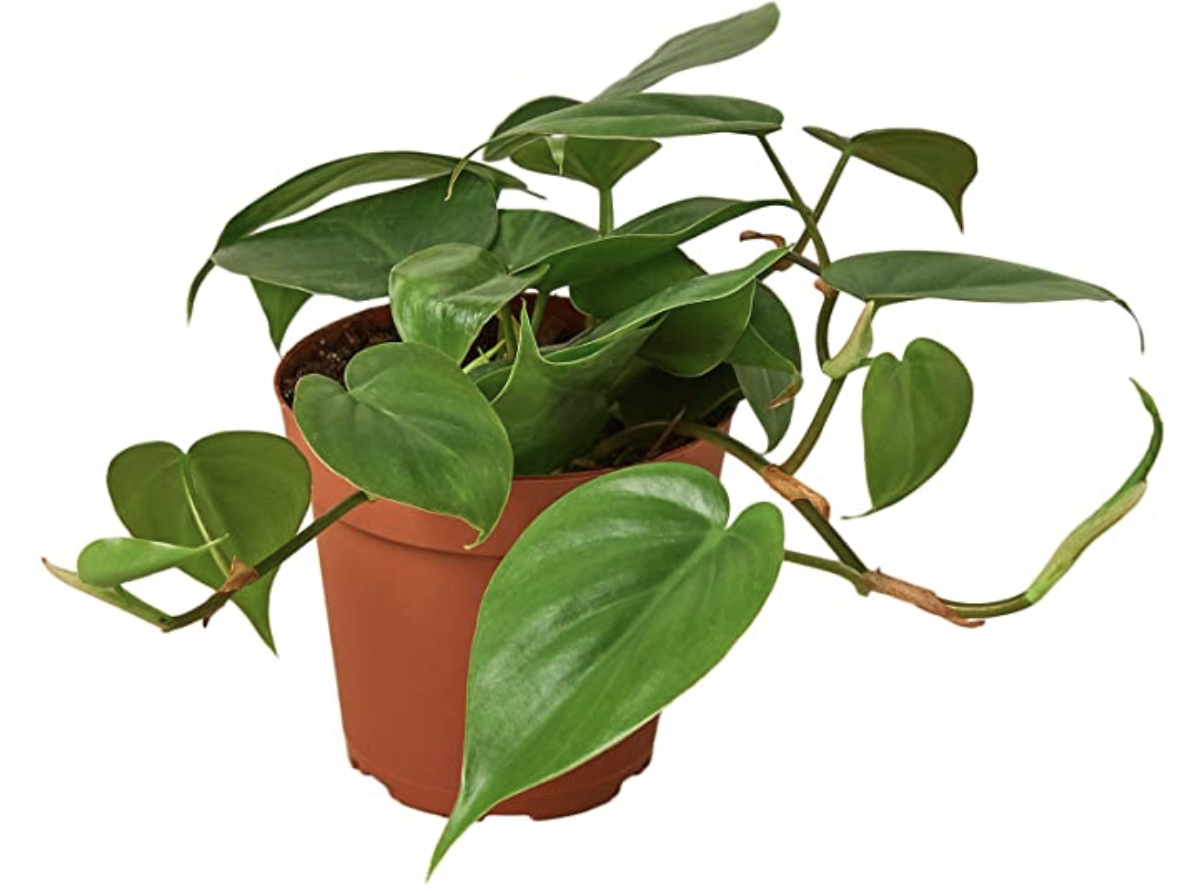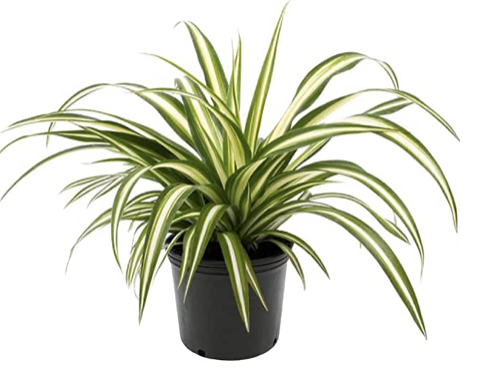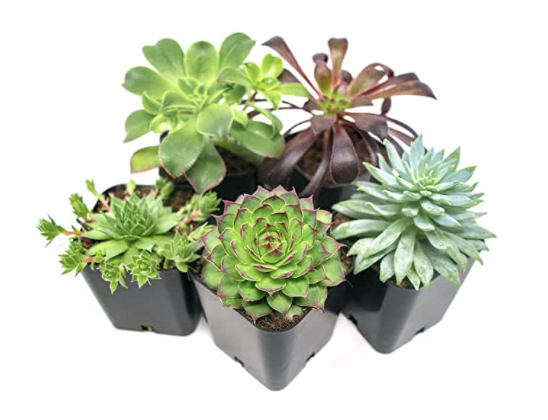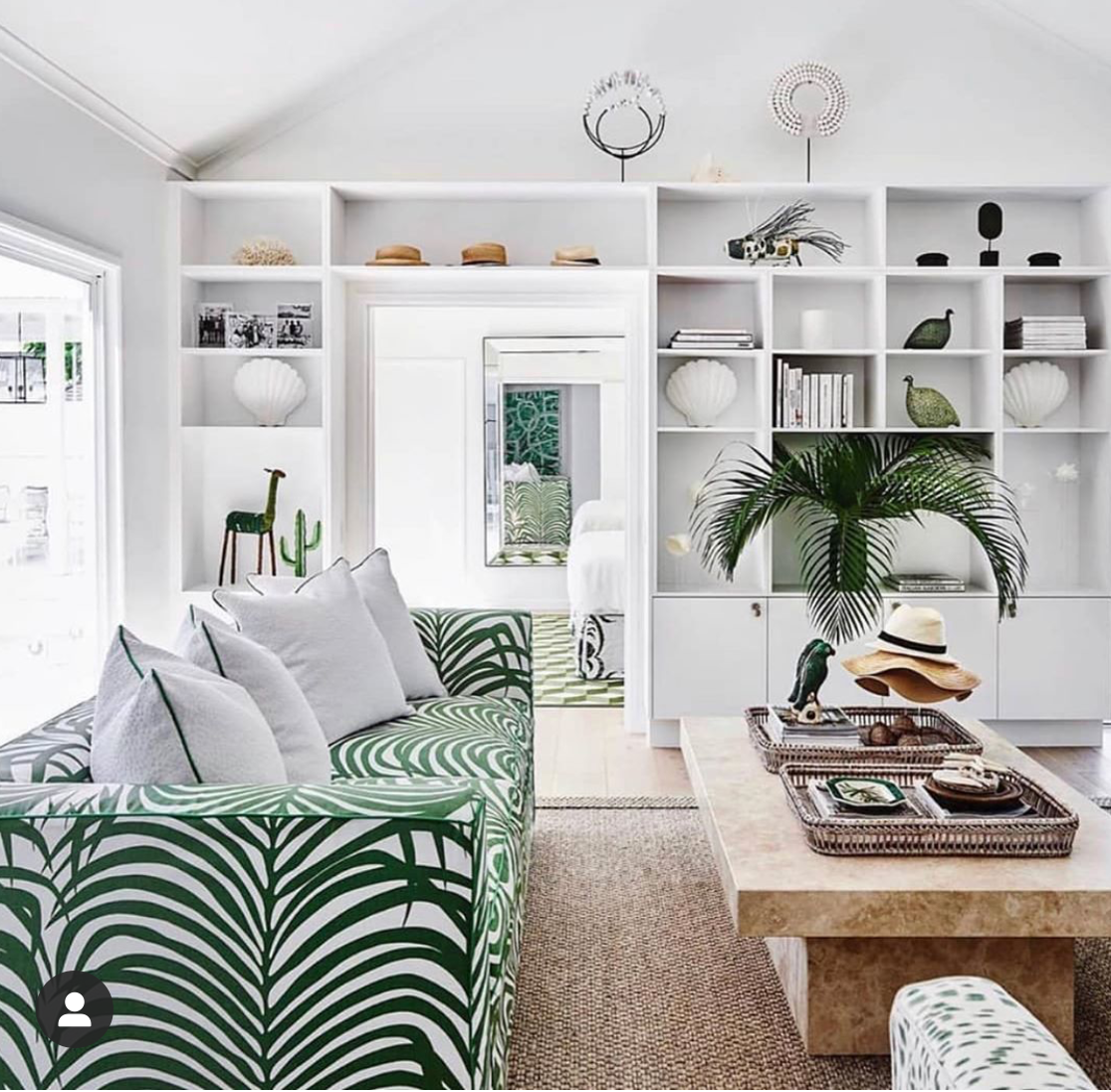In 1984, Roger Ulrich, an environmental psychologist and professor of architecture, published astounding research results. In studying the post-recovery period of patients who had had gall bladder surgery, Ulrich observed that those patients whose hospital beds looked out onto a view of trees had shorter recovery periods, took fewer pain medications, and had slightly less complications than those patients whose beds looked out onto a brick wall. His research and that of other scientists, government officials and architecture/engineering/building professionals have, as recently as the early 2000s, established biophilic design as a key discipline in connecting the impact of nature to the built environment.
Biophilic design is important because it’s proven that connecting with natural environments induces relaxation, improves productivity, lowers our blood pressure and reduces stress, tension, anxiety, and fatigue. And yet, we spend 90 percent of our lives indoors. By bringing nature indoors, in a way that impacts all of our senses, we can boost our overall well being.
With the corona virus pandemic keeping us sheltered at home and wreaking havoc on our psychological fitness, now is the time to incorporate biophilic design into our homes to lessen the virus’ impact on our mental health. The more multi-sensory the experience with nature, the better. We can connect visually by being exposed to plant life, water and animals. Auditory sensations, like flowing water and bird sounds, augment the experience. Air flows that create breezes, sounds — like that of rustling leaves — and scents further heighten the experience. Finally, even the touch of real plants, water and natural materials produce perceptible health benefits.
An obvious recourse is to incorporate indoor plants into our living spaces. Even if you don’t have a green thumb, there are varieties of easy-care, low-light house plants that bring nature indoors, like dracaena, spider plants, golden pothos vine, philodendron, snake plants and succulents.
Another easy method of incorporating nature inside is through natural analogues. Fabric, furniture, art and accessories emblematic of nature are good substitutes. Observe the leaf patterned fabric in the photos below. In the photo on the left, note the shells, coral and birds accessorizing the bookshelves. Even if you can’t make a big statement with large swaths of fabric or wallpaper, you can make a subtle gesture by displaying sea shells and coral pieces you’ve collected on the beach: place them in a ceramic dish on your desk or nightstand.
Having a view of nature — whether real or even in art or photography — is also beneficial for our mental and physical health. If you’re one of the many who are now required to work from home, orient your work surface so you’re facing the outdoors. If that’s not possible, incorporate visual images of nature into your home office.
Lighting is also key because it helps to regulate our circadian rhythms. Workspaces illuminated by daylight measurably improve our productivity and enhance our moods. An ideal “work from home” space should therefore be adjacent to operable windows that adequately illuminate and ventilate the space.
The field of biophilic design, although relatively new, lends scientific credibility to something that’s basically innate: our affinity for the natural world. John Muir, the famous naturalist, observed, “In every walk with nature one receives far more than one seeks.” By incorporating elements of biophilic design into our indoor environments, we benefit. Now, especially.


